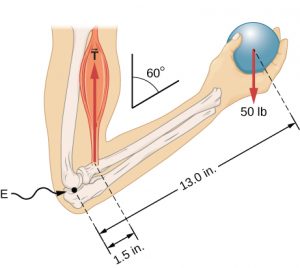- These are robots designed to manipulate the environment around them.
- These are commonly referred to as Robotic Arms.

Image from ROS Robot Programming Book
- This is a typical structure of a manipulator. A manipulator consists of Joints, Links, an End effector, and a base.
- Joints: These are the movable components of a robotic arm. Joints allow the movement of links. Actuators like motors allow the movement of joints.
- Links: These are rigid structures used to connect joints. Movement of links is possible with joints only.
- End-Effector: In serial robotic manipulators, the end effector means the last link of the robot. An end effector is a device at the end of a robotic arm, designed to interact with the environment. For example, the mechanism gives the gripping capability to a robotic arm.
- Base: It is a plane to which a robotic arm is connected.
- A robotic arm is very similar to a human arm.
- Your elbow and wrist are similar to joints.
- Your forearm is like a link that connects two joints i.e your elbow and wrist.
- Your palm and fingers are the end-effectors.
- Your torso is the base for your arm.
Image from Open Oregon

- It is a branch of mathematics that deals with the motion of a body or system of bodies.
- It describes the motion of points, bodies, or systems of bodies without looking into forces that cause them to move.
- Before diving deep let's look at why we need kinematics in the first place?
Image from Researchgate

- Suppose you have a robotic arm and you want to pick a box using this arm.
- You know the position of the box in Cartesian space i.e you know the x, y, and z of the box in space.



